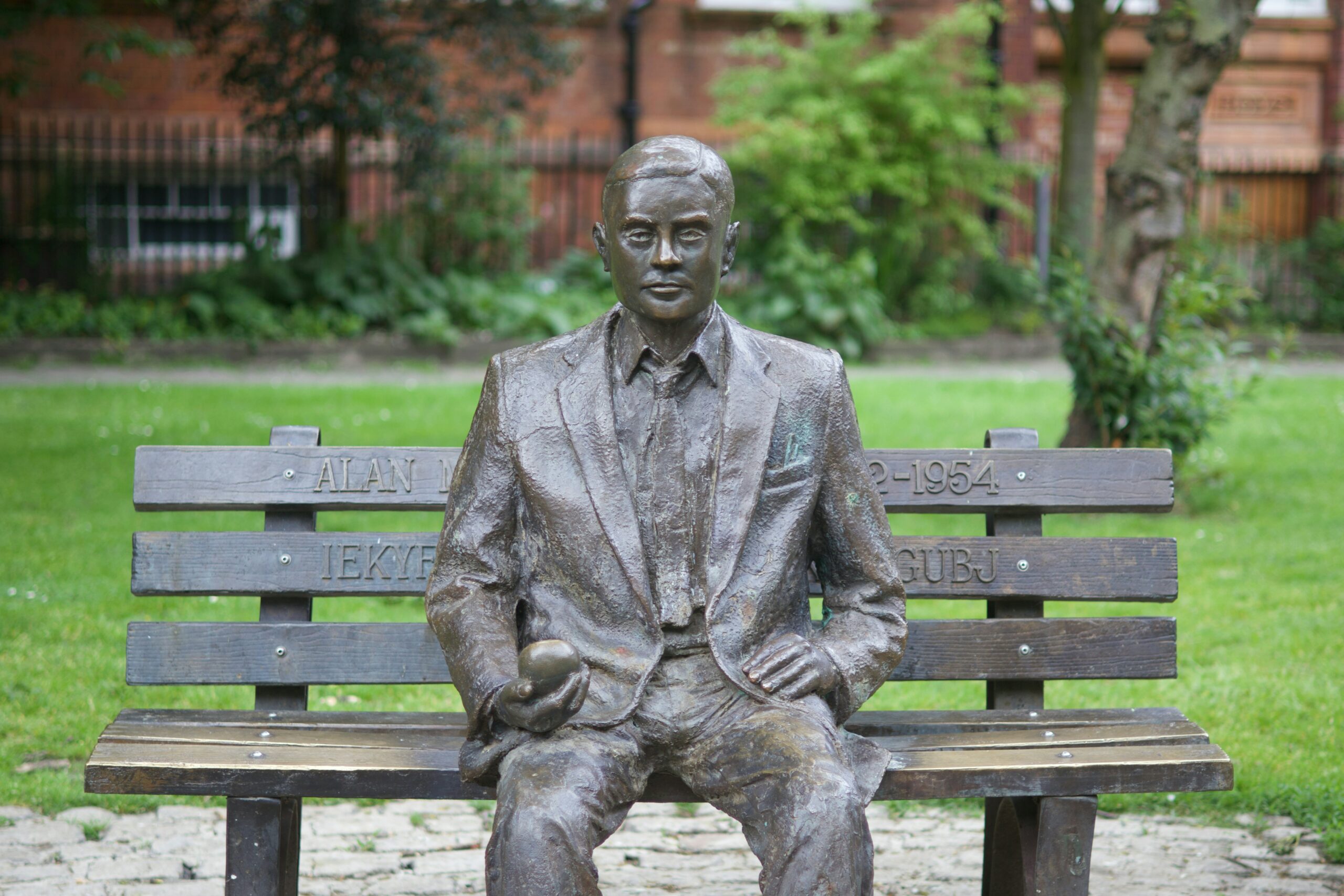What is AI?
A very simple guide to AI

mIt’s easy to believe given all the hype that AI was invented a couple of years ago, but thats not true. It was invented by Alan Turing in the 1950’s and formalised at a conference in Dartmouth, New Hampshire in 1956.
A Short History Lesson?
Alan Turin was a British mathematician widely credited with breaking the Enigma Cipher that the Nazis used in WW2, using a computer he invented called Collossus. Post the war Alan Turin postulated that at some point in the future, computers would advance to the point where a human would be unable to tell whether they were conversing with a human or a computer. This was originally called the “Imitation game” and later renamed the Turing test. No computer has ever passed the Turing test.
Traditional Use Cases for AI
AI has been used in games, (Chess in particular), and military applications for decades. It’s simply statistics. AI does not know how to speak english or any other language. It does however, compute that the most likely word to follow the previous word is this word based on the vast amount of data its been trained with. Co-incidently, texts and translatons from the European Union have been extensively used to train translation and language models.
AI applications include GPS navigation (it calculates the shortest or quickest route based on statistics), Speech recognition, Chatbots, Fake News texts, videos and images.
The Rise of modern AI
What has led the remarkable revolution is the public availability of data, petabytes of data freely availabile data on the internet. This data is available to “train” AI, and thats what Sam Altman and his team used to train ChatGPT – The first publicly available Large Language Model (LLM)
Training an AI model
Training AI, is like training a dog. if dog does not suceed , it does not get a reward. When it succeeds it gets a treat.
So if we are training AI to identify breast cancer, we give the model a large number of images of mammograms of both negative and positive results, and then identify the positive results to the model.
We can then use the model to analyse new scans.
If we continue to train the model, it will learn from it’s mistakes and get better over time. (Hence why models ask for feedback (was this answer useful, did it answer your query). The AI tool can analyse images much faster than a human. It can also express a confidence in its result. Humans can then review the image, and provide feeddback to the model, and vice-versa.
If your organisation has data, and every organisation does.Tequila AI can help you build game changing tools
Languages
Our people natively speak English, Spanish & Mandarin.
